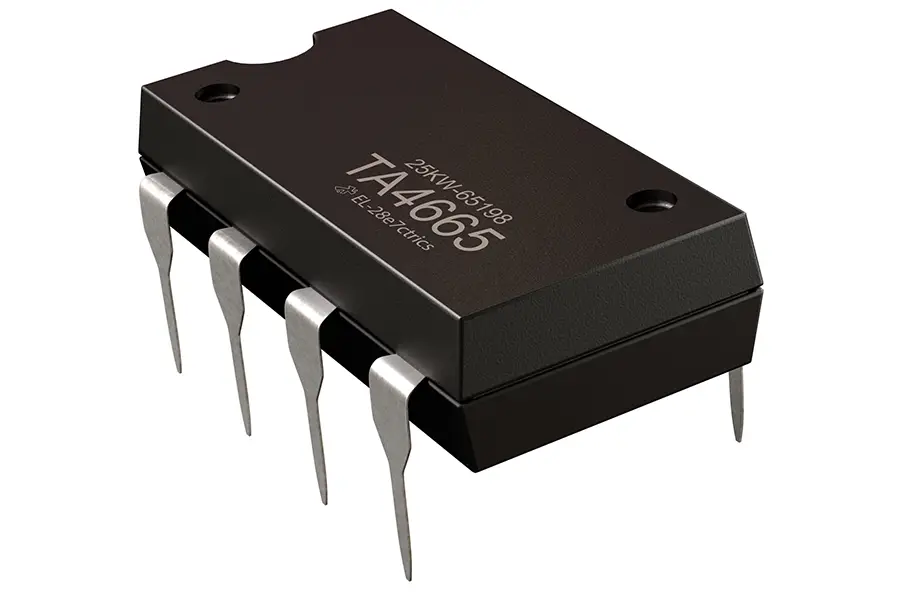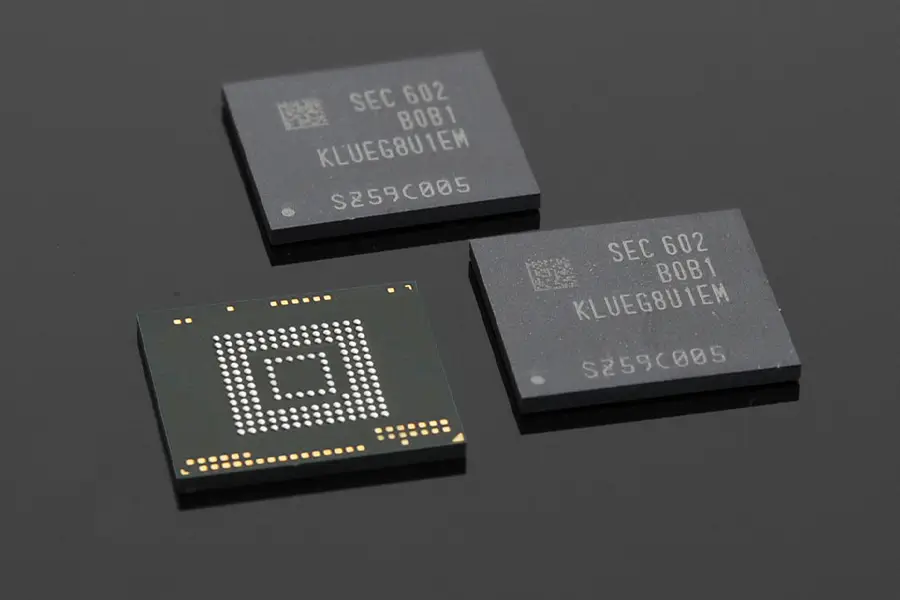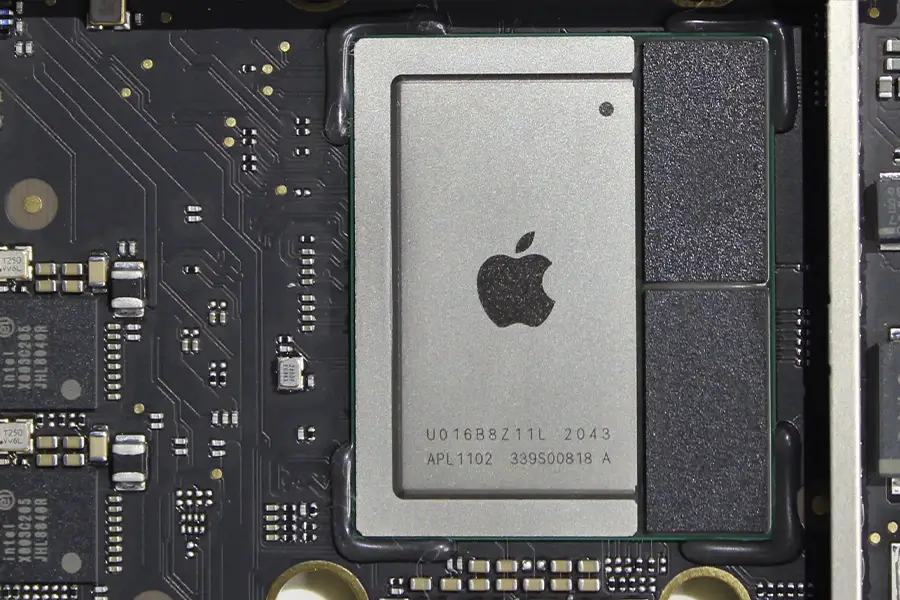In the vast and intricate world of semiconductor technology, two fundamental components play a crucial role in the functionality of electronic devices: logic chips and memory chips.
These chips, though often mentioned together, serve distinct purposes and are integral to the operation of modern electronics. This article delves into the specific characteristics, applications, and advancements in both types of chips, providing a comprehensive comparison to unravel their differences.
What Are Logic Chips?

Logic chips, also known as microprocessors or central processing units (CPUs), are the brains of electronic devices. They execute instructions and perform calculations that drive the functionality of computers and other digital systems.
Logic chips are responsible for processing data, running software applications, and controlling hardware operations. The complexity and performance of a logic chip determine how efficiently a device can execute tasks.
Key Characteristics of Logic Chips
- Processing Power: Logic chips are designed to handle complex computations and process large amounts of data quickly. They feature multiple cores and threads, which enable parallel processing and multitasking.
- Instruction Set: Logic chips operate based on a specific set of instructions known as the instruction set architecture (ISA). Common ISAs include x86 (used by Intel and AMD processors) and ARM (used in many mobile devices).
- Clock Speed: The performance of a logic chip is often measured by its clock speed, typically expressed in gigahertz (GHz). Higher clock speeds enable faster data processing and execution of instructions.
- Cache Memory: Logic chips incorporate cache memory, a small, high-speed memory located close to the CPU cores. Cache memory stores frequently accessed data and instructions, reducing the time it takes to retrieve information from the main memory.
- Power Consumption: Logic chips are designed to balance performance and power efficiency. They incorporate power management features to optimize energy usage, especially in battery-operated devices.
What Are Memory Chips?

Memory chips, on the other hand, are specialized for data storage. They retain information that the logic chip processes and are categorized into two main types: volatile and non-volatile memory. Volatile memory, such as Random Access Memory (RAM), requires power to maintain stored data, while non-volatile memory, such as flash memory and solid-state drives (SSDs), retains data even when the power is off.
Key Characteristics of Memory Chips
- Storage Capacity: Memory chips are characterized by their storage capacity, which can range from a few kilobytes (KB) in embedded systems to terabytes (TB) in modern storage devices.
- Access Speed: The speed at which data can be read from or written to memory chips is crucial. RAM offers fast access speeds, which is essential for providing data to the CPU without causing delays. Non-volatile memory typically has slower access speeds compared to RAM but is faster than traditional hard drives.
- Data Retention: Non-volatile memory chips are designed to retain data without the need for a continuous power supply, making them ideal for long-term data storage. Volatile memory, like RAM, is used for temporary data storage and is cleared when the device is powered off.
- Form Factor: Memory chips come in various form factors to fit different applications. For example, RAM modules are typically installed on motherboards, while SSDs come in different shapes and sizes, such as 2.5-inch drives or M.2 modules.
- Durability: Non-volatile memory chips, especially SSDs, are known for their durability and resistance to physical shocks, making them suitable for mobile and portable devices.
Applications of Memory vs Logic Chips
| Application | Logic Chips | Memory Chips |
|---|---|---|
| Computers and Laptops | The central component for running operating systems, applications, and performing tasks. | RAM for primary storage of active data and instructions; SSDs for secondary storage. |
| Smartphones and Tablets | Processes tasks, runs apps, and provides multimedia functionalities. | RAM for quick access to data; flash memory for app and data storage. |
| Embedded Systems | Controls specific functions in automotive electronics, industrial machines, and consumer electronics. | Provides necessary storage for firmware and operational data. |
| Servers and Data Centers | Handles vast data processing and supports cloud computing services. | High-capacity RAM and SSDs for fast data access and storage. |
| Gaming Consoles | Provides computational power for rendering graphics and running game engines. | RAM for game data and instructions; SSDs for game storage. |
| Portable Storage Devices | N/A | USB flash drives, memory cards, and external SSDs for portable data storage. |
| Digital Cameras and Media Players | N/A | Stores photos, videos, and audio files for quick access and playback. |
| IoT Devices | N/A | Stores firmware, sensor data, and critical information for operation. |
When the Line Between Memory and Logic IC Becomes Blurred

In recent years, the line between memory and logic integrated circuits (ICs) has become increasingly blurred, driven by advancements in semiconductor technology and the push for more efficient, high-performance computing solutions.
Companies like Intel and Apple are at the forefront of this trend, introducing system-on-chip (SoC) designs that integrate central processing units (CPUs), graphics processing units (GPUs), and memory into a single package. This integration offers several advantages:
- Enhanced Performance: By combining memory and logic on the same chip, data transfer speeds are significantly improved, reducing latency and increasing overall system performance. This is particularly beneficial for tasks that require high bandwidth, such as gaming, graphics rendering, and AI processing.
- Power Efficiency: Integrated SoCs consume less power compared to separate components, as they reduce the need for data to travel between different chips. This leads to longer battery life in mobile devices and lower energy consumption in data centers.
- Compact Design: SoCs allow for more compact device designs by reducing the number of separate components. This is essential for modern smartphones, tablets, and wearable devices where space is at a premium.
- Simplified System Architecture: Integrating memory and logic reduces the complexity of the system architecture. This simplification can lead to improved reliability and easier manufacturing processes.
Apple’s M1 and M2 chips, and Intel’s Alder Lake and Meteor Lake architectures, exemplify this trend. These SoCs leverage unified memory architecture (UMA), where the CPU, GPU, and other processing units share the same memory pool, enabling more efficient data processing and improved performance across various applications.
As technology continues to evolve, the convergence of memory and logic ICs will likely become even more pronounced, driving further innovation in computing capabilities.
Conclusion
In summary, logic and memory chips are essential components that perform distinct yet complementary roles in electronic devices. Logic chips are the computational powerhouses that execute instructions and process data, while memory chips provide the necessary storage for data and instructions.
Understanding their differences and advancements helps in appreciating the complexity and functionality of modern technology. As the semiconductor industry continues to innovate, both logic and memory chips will evolve, driving further advancements in computing, storage, and overall electronic performance.